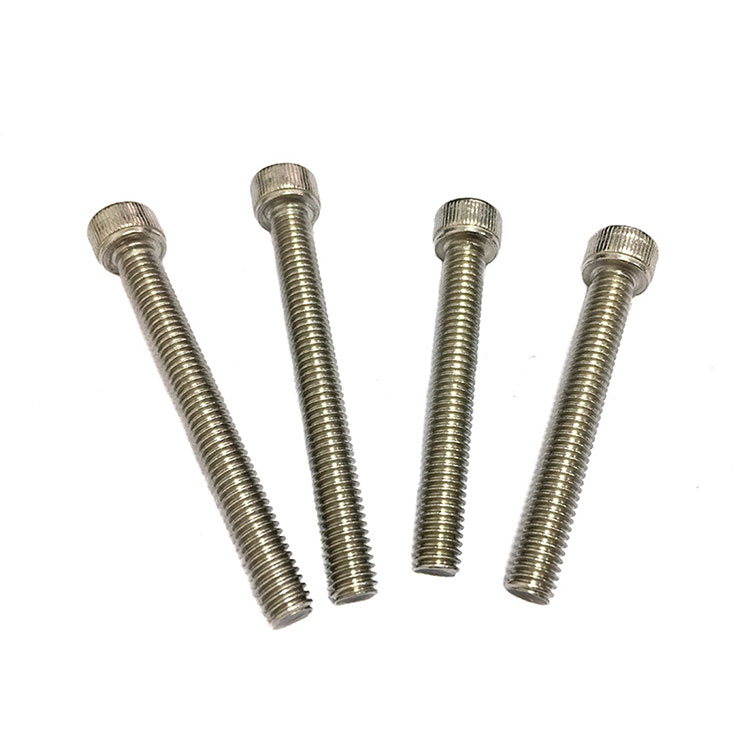Why Do Bolts Come in Different Colors? Small Bolts, Big Knowledge
2025-04-14
Although bolts are small, they have a wide range of applications and high reliability requirements, so their use is particularly particular.
The surface treatment methods of bolts are as follows:
1. Oxidation blackening: There is also blue - black oxidation. Generally, anti - rust oil is applied after oxidation for use.
2. Phosphating: Generally, oil is applied after phosphating.
3. Electroplating: Mainly electro - galvanizing, and there is also chromium plating, nickel plating, silver plating, etc.
4. Hot - dip galvanizing
5. Zinc infiltration
6. Non - electro - galvanized coating: It is further divided into zinc - chromium coating and zinc - aluminum - chromium coating.
Bolts can be divided into many colors by color, such as blue, silver - white, silver - gray, copper - yellow, black, green, etc.

1. Why are there different colors?
Currently, common bolts are silver - white, silver - gray, yellow, and black. Most of these colors are for the consideration of appearance or environmental protection. Whether they can improve the anti - corrosion property still needs further research.
To improve the anti - corrosion property of bolts, more advanced surface treatment methods need to be used. For example, changing from electroplating to hot - dip galvanizing or Dacromet. Simply changing the color will slightly change the anti - corrosion effect, but the anti - corrosion effect is still within the same order of magnitude. Another example is the use of non - electrolytic zinc - flake treatment method, which can be silver - gray or specially treated to be black. However, if the coating thickness is the same, its anti - corrosion order of magnitude is not special. The salt spray test is about 900 hours to 200 hours.
2. How to conduct surface treatment?
The blackening of the bolt surface is to put the bolt into a solution tank. The solution tank mainly contains a chemical solution with an oxidant. Through heating, a thin film of ferric tetroxide is formed on the bolt surface. The thickness is generally 0.6 - 0.8 μm, which is black or blue - black. However, the blackening surface treatment basically has no rust - prevention ability, so it will rust quickly without oil. Even in the state of having oil, its salt spray test can only reach 3 - 5 hours.
After the blackening treatment of fasteners, the consistency of torque and pre - tightening force is also very poor. To improve the consistency of torque and pre - tightening force, it can only be screwed together after applying grease on the internal thread during assembly.
Surface phosphating is also a very cheap method for surface - treating bolts. It is to soak the bolts in a high - temperature solution containing phosphoric acid and dihydrogen phosphate to form a granular phosphating film composed of phosphate precipitates. This phosphating film forms an anti - corrosion protection on the bolt surface.


